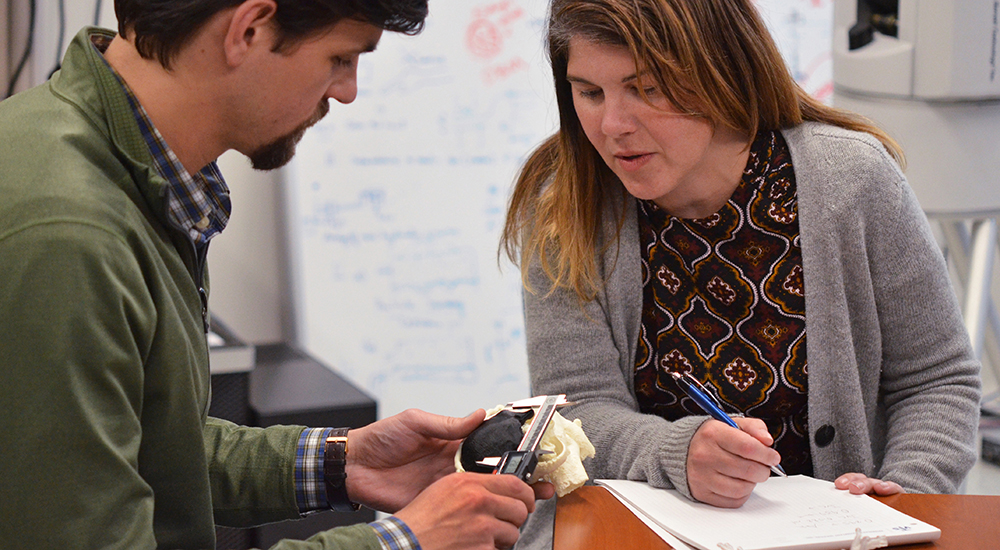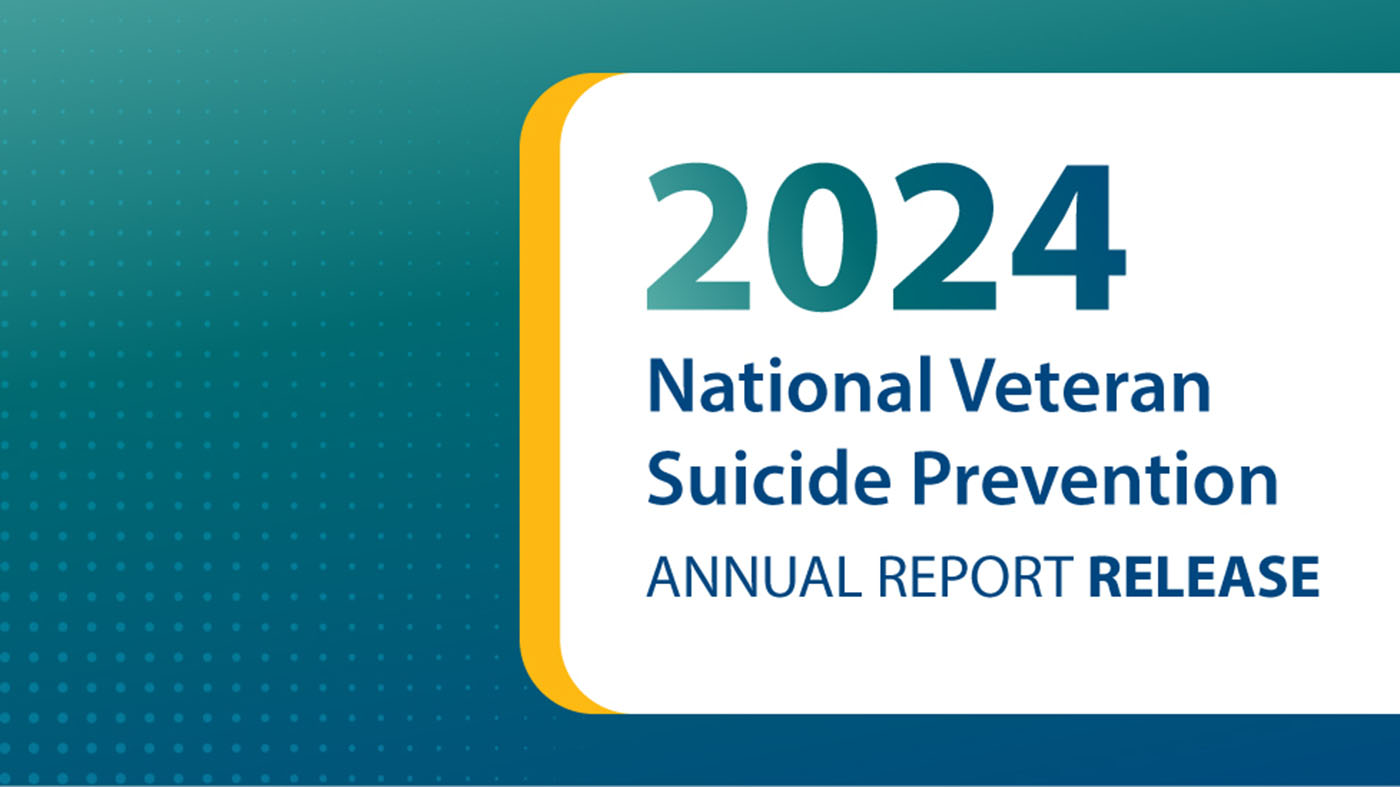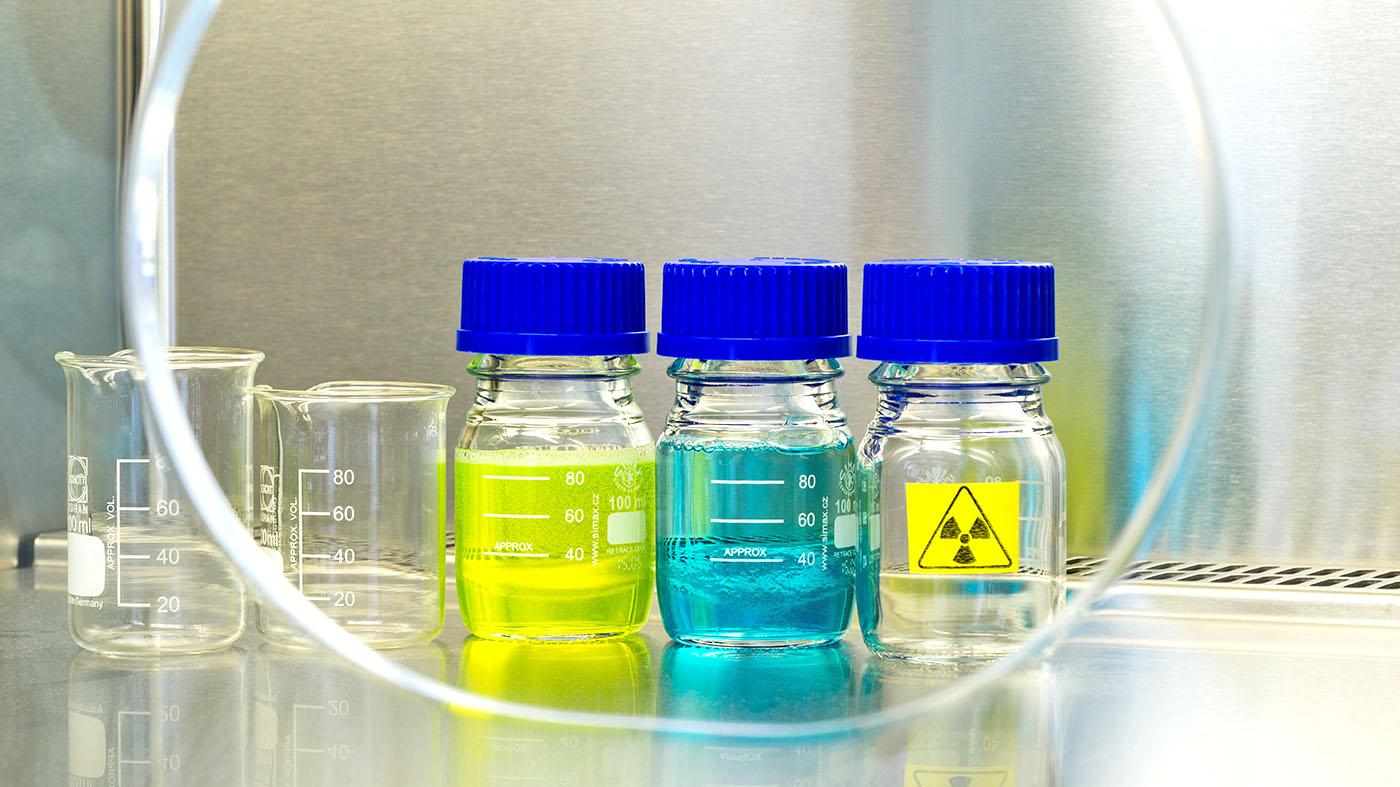In the photo above, Dr. Beth Ripley and Brian Strzelecki perform a quality check on a model of a kidney with a cancerous tumor to ensure the 3D printed model accurately represents the patient’s anatomy. (Photo by Chris Pacheco)
GE Healthcare and VA Puget Sound Health Care System are in a partnership to accelerate the use of 3D imaging in healthcare.
VA will use GE software designed specifically for the medical field – which is expected to reduce the time it takes to create 3D models from hours to minutes.
“Allowing…personalized care based on the unique needs of each of patient.”
“VA has been on the forefront of bringing 3D printing to the bedside, and we are thrilled to join forces with GE Healthcare to enhance and accelerate its adoption,” said Dr. Beth Ripley, VA Puget Sound radiologist.
Dr. Ripley explains how it works:
“A 3D printed model of a patient’s organ or tumor starts from cross-sectional medical imaging studies, such as CT scans or MRI scans. The CT scan or MRI scan contains all the information about the patient’s anatomy, but it is presented as a stack of 2-dimensional images that need to be looked through one after another to get the whole picture.
“Often this means looking through hundreds or even thousands of images to see the anatomy in its entirety.
“3D printing allows us to see that anatomy in its true three-dimensional form, rather than as a stack of 2-dimensional images.
“First, a physician uses software to trace out the important anatomy on each image slice. Next, those traces are stitched together into a digital 3-dimensional blueprint of the anatomy. Finally, this digital 3D blueprint is sent to a 3D printer, where the anatomy is physically reconstructed to scale.
“The end result is a near-perfect replica of the patient’s anatomy which the surgeon or patient can hold in their hands and inspect from all angles.”
Brian Strzelecki, research health sciences specialist, adds, “For most radiologists, 3D images are limited to reconstructions on a computer screen. By harnessing the power of 3D printing with a rich data set, we can pull images out of the screen and into our hands, allowing us to interact with the data in a deeper way to fuel innovative, personalized care based on the unique needs of each of our patients.”

Dr. Ripley examines a model of a kidney with a cancerous tumor used in pre-surgical planning. (Photo by Chris Pacheco)
As part of their research agreement, GE Healthcare will provide software and workstations, and the VA will provide input on its use of the technology. Prior to this agreement, the VA has used 3D software that is not designed for medical use.
Building on its 3D printing network, VA Puget Sound and the Veterans Health Administration Innovators Network will integrate GE Healthcare’s 3D printing software across its facilities in Seattle, San Francisco, Minneapolis, Cleveland, and Salt Lake City.
Improving precision healthcare for Veterans
VA radiologists specializing in cardiology, oncology, orthopedics, and other areas will use this technology and software to develop new 3D imaging approaches and techniques to deliver improved precision healthcare for our nation’s Veterans.
The use of 3D medical printing in healthcare is still very much in its infancy, and software designed exclusively for the medical community is limited. Software designed to allow manual preparation of image data into 3D printable files can be labor intensive, requiring hours of work.
3D printing is primarily used to manufacture orthopedic implants and guide surgical cutting, and peer-reviewed research on potential impact in patient care has expanded exponentially.
About the author: Tami Begasse is the Public Affairs Officer at Puget Sound VA.
Topics in this story
More Stories
Watch the Under Secretary for Health and a panel of experts discuss VA Health Connect tele-emergency care.
The 2024 National Veteran Suicide Prevention Annual Report provides the foundation for VA’s suicide prevention programs and initiatives.
Theranostics is a specialized field of nuclear medicine that uses a two-pronged approach to diagnose and treat cancer.






